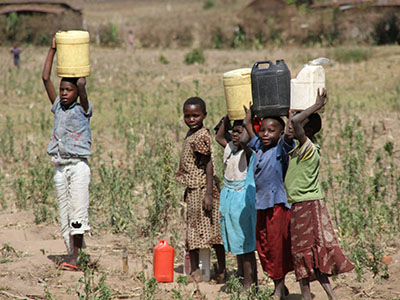Road traffic injuries
Road traffic injuries or crashes result in the deaths of approximately 1.3 million people around the world each year and leave between 20 and 50 million people with non-fatal injuries. More than half of all road traffic deaths and injuries involve vulnerable road users, such as pedestrians, cyclists and motorcyclists and their passengers. Read Also: […]
Road traffic injuries Read More »










